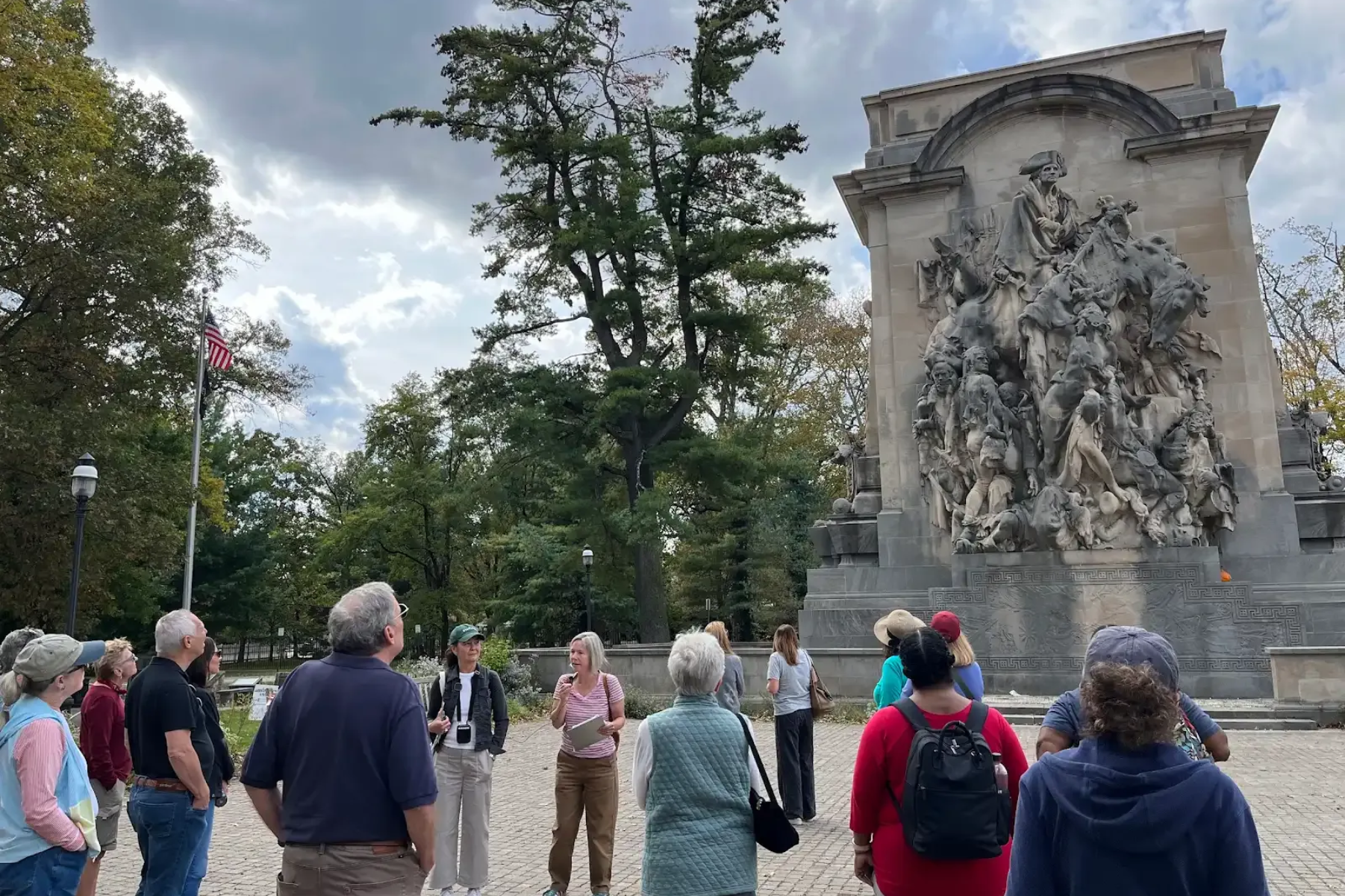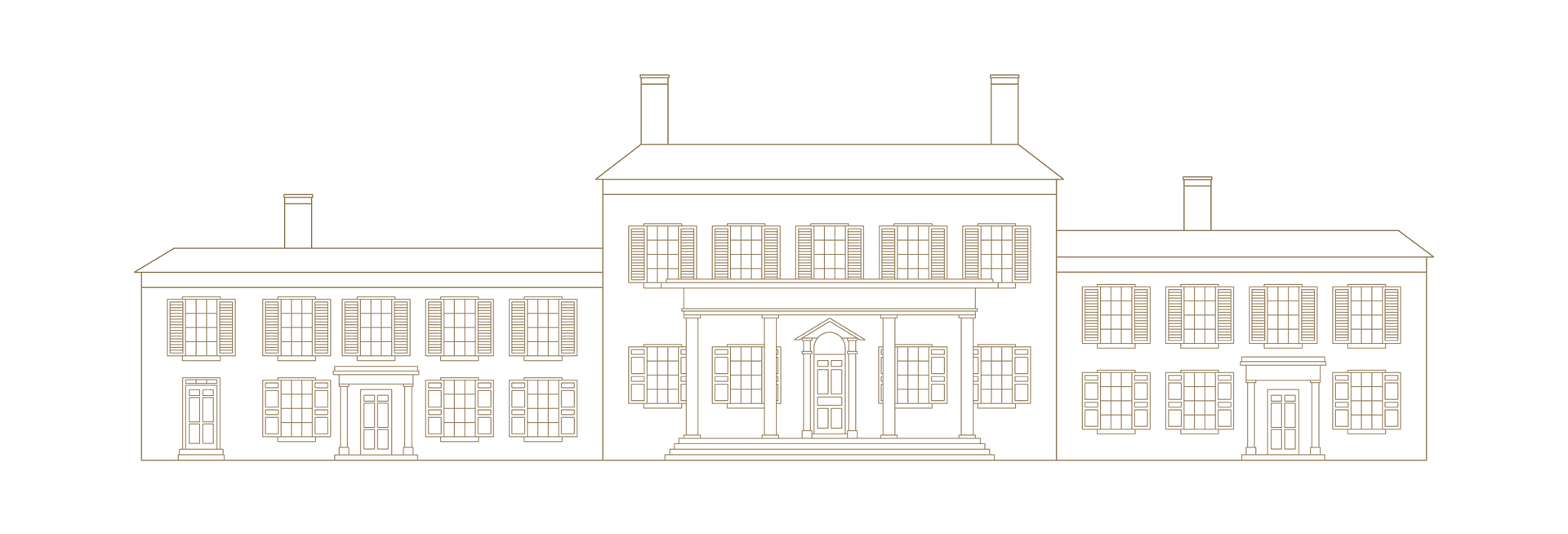How Princeton Remembers: Rethinking Memorials and Meaning
Wednesday, November 19 from 6:30 p.m. —7:30 p.m.

To mark the opening of Northern Families, Southern Ties, Morven and the Historical Society of Princeton invite you to a free discussion and workshop exploring how history, memory, and place intersect in the stories we choose to remember.
Ticket Type
Cost
General Admission
Free to the public
After visiting the museum, join Stephanie Schwartz, Curator of Collections and Research at the Historical Society of Princeton, for a brief introduction to Princeton’s monuments and memorials. The talk will explore how remembrance can take many forms, from statues and plaques to the everyday landmarks that hold meaning.
Participants can then design their own memorial to a person, place, or story they believe should be remembered, contributing to a shared display inside Morven’s Stockton Education Center.
All materials will be provided. This is a free program and all ages are welcome.
This program is held in partnership with Morven and the Historical Society of Princeton.
Schedule
5:00 to 6:00 p.m. - Drop in to visit Morven’s newest exhibition Northern Families, Southern Ties, and the Festival of Trees in the museum
6:30 to 7:30 p.m. - Memorial discussion and workshop. Cookies and tea will be served in the Stockton Education Center.
About Northern Families, Southern Ties
Irish-born John Potter was a wealthy merchant in Charleston, South Carolina, responsible for importing both sundry goods as well as human cargo. His marriage to Catherine Fuller of that city proved a successful step to consolidating generational wealth. Their only daughter married Robert Field Stockton of Princeton, a seafaring Naval Lieutenant Commandant. How did their 1823 marriage impact the social, economic, political and physical landscape of New Jersey?
Through their Colerain, Argyle, and Tweedside plantations along the Savannah River, and a sugarcane plantation in Glynn County, the Potters and Stocktons enslaved hundreds of men, women, and children. Interstate movement of enslaved people between these southern plantations and northern homes occurred regularly. How might these people experience different models of American slavery?
Learn how these two families straddled the growing divide of antebellum United States and the choices they made when the union was ultimately torn apart.
Have a question about this event?
Contact Morven's Curator of Education & Public Programs, Greer Luce, with any inquiries.
Phone:
609-924-8144, ext. 106
Email:
gluce@morven.org


